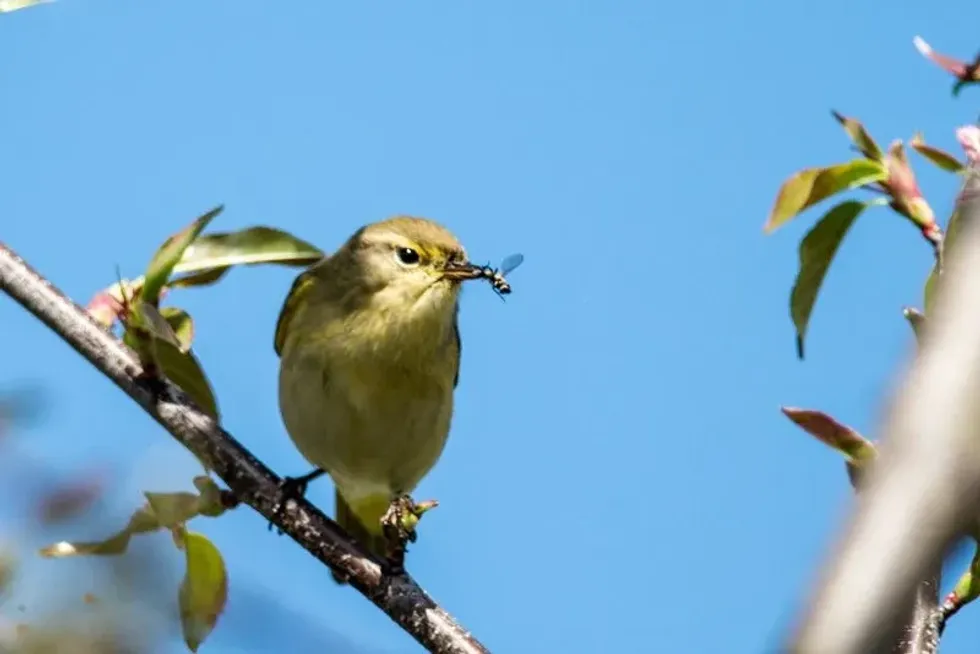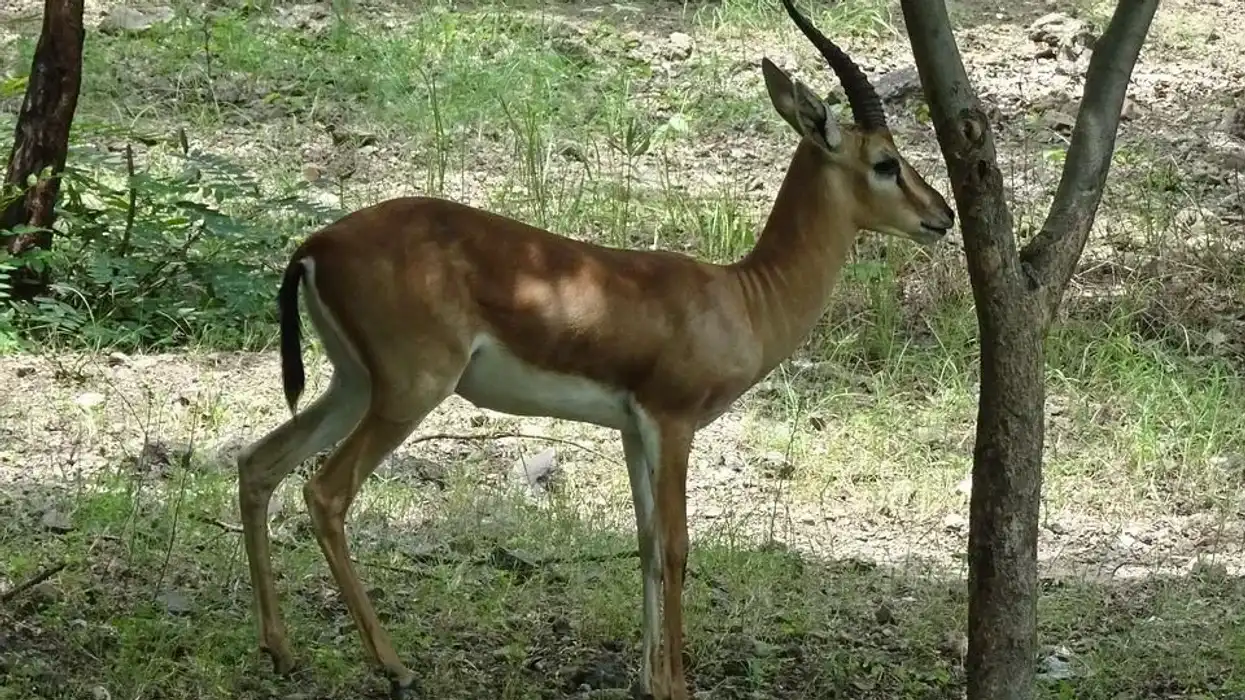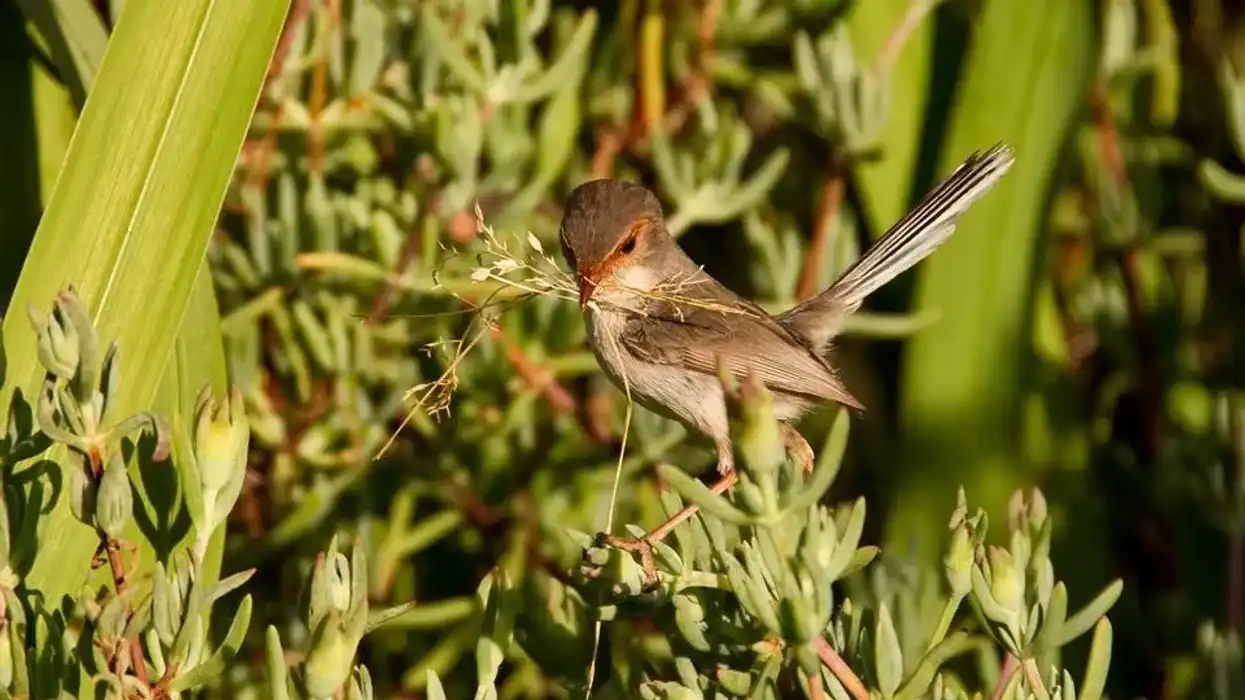The Iberian chiffchaff or the Phylloscopus ibericus was once considered a part of the Common chiffchaff subspecies.
However, in the year 2016, the bird was separated for being similar to Common chiffchaff and was later individually recognized for its brighter color appearance, a yellow lower body portion, different communicative sound, green rump, and a DNA sequence, all of which helped in the differentiation of its distinct features from the Common chiffchaff.
They are related to willow warbler, endemic to Spain, Portugal, and several other Eurasian countries. More interestingly, the name chiffchaff is actually onomatopoeic which is dedicated to its continuous chiffchaff song which is why the species is also known with other popular names such as, the zilp-zalp in German and siff-saff in Welsh.
Other than that, the bird is a migrating one and prefers to travel to the South African continent during winters.
It is well-known for its songs and calls which vary according to its mood and seasons. The bird itself is quite small and adorable to look at and is spread across the European continent in large numbers.
Like what you are reading? Here are two more birds for you to learn about - the currawong and Northern bobwhite.
Iberian Chiffchaff Interesting Facts
What type of animal is an Iberian chiffchaff?
The Iberian chiffchaff (Phylloscopus ibericus) is a type of bird belonging to the subspecies of leaf warbler and willow warbler.
What class of animal does an Iberian chiffchaff belong to?
The chiffchaff belongs to the Aves class of animals under the order of Passeriformes, like the fox sparrow and Common chiffchaff.
How many Iberian chiffchaffs are there in the world?
The Iberian chiffchaff (Phylloscopus ibericus) has an estimated population count of 926,000-1,530,000 birds in Europe alone, where 95% of the species breed. Also, the population is said to be smoothly increasing due to favorable climatic conditions.
Where does an Iberian chiffchaff live?
As an endemic species, they are native to many countries which include Algeria, Andorra, Belgium, Czech Republic, Denmark, Finland, Switzerland, the United Kingdom, and Western Sahara among many others. They usually breed in the Eurasian continents of France, Portugal, Spain, and Africa while West Africa is where it migrates to during the non-breeding season.
The British birds are migratory and typical travelers to the South African continent.
What is an Iberian chiffchaff's habitat?
The ideal habitat for an Iberian chiffchaff (Phylloscopus ibericus) consists of woodlands, scrubs, open forests, and hilly areas with favorable climatic conditions, typically found in the Eurasian subcontinent. On the other hand, the species prefers a slight change in climatic conditions during its migrating courses where it is seen traveling to the African continent during the non-breeding season.
Who do Iberian chiffchaffs live with?
They are social species usually seen with large flocks. The most significant feature that the species showcases are its typical songs and calls for communication.
How long does an Iberian chiffchaff live?
An Iberian chiffchaff (Phylloscopus ibericus) can live up to a typical range of two years or less.
How do they reproduce?
Similar to the Common chiffchaff, the breeding season of the Iberian chiffchaff occurs during the months of mid-April to May. The birds are usually communicative during this period and use different calls and songs to attract their partners.
They lay eggs on tree branches where a clutch can consist of four to six eggs. It is to be noted that not much is known about their foraging behavior during the breeding season but most of the similarities can be associated with their mixed subspecies of Common chiffchaff and warbler.
What is their conservation status?
As of now, the Iberian chiffchaff falls under the line of the Least Concern species on the global scale where there is minimum to no amount of extreme level threats to its existence.
Iberian Chiffchaff Fun Facts
What do Iberian chiffchaffs look like?
The Iberian chiffchaff is a small bird usually resembling the Common chiffchaff and willow warbler in appearance. However, the bird usually has a longer set of bills and wings in which respect it can be easily differentiated from the Common chiffchaff. There's also the difference in their body measurements.
It has a plumage that is much brighter and consists of green and yellow colors while its face, breast, undertail, and throat are yellow. It possesses a bold facial appearance and has a slightly pale, weaker eyering pattern as compared to its similar kind. The bird also prompts a stronger supercilium.
One of the main features of an Iberian chiffchaff identification lies in the color of the bird's legs which is dark brown, along with the kind of calls and songs that come from it.

How cute are they?
The Iberian chiffchaff definitely rates at a high number in the cuteness level among all the birds in the animal kingdom with its cute size and bright colors. Not to forget, it also has a really sweet way of communicating and looks like a small fluffy toy.
How do they communicate?
The birds communicate through various calls and songs that typically consist of three notes. The chiffchaff song consists of an advertising song, a conflicted song, along with the phenomena of mixed singing where they have been heard of switching songs.
In that manner, the British birds' songs are typically high pitched, soft, and then descend to a succession of notes as they sing continuously.
How big is an Iberian chiffchaff?
An Iberian chiffchaff is technically quite a small bird and can be compared to a small squirrel with measurements of 3.9-4.3 in (10-11 cm).
How fast can an Iberian chiffchaff fly?
The Iberian chiffchaff has a wingspan of 5.9-8.3 in (15-21 cm) that allows it to fly over to the African continent during its migration course. However, the exact speed of its wing flight is not known as it is not easy to calculate the amount of speed equivalent to the size and other factors.
How much does an Iberian chiffchaff weigh?
An Iberian chiffchaff weighs about 0.01-0.02 lb (6-10 g).
What are the male and female names of the species?
As far as the sources we went through, the male and female birds are known by their given name and do not possess any specific sex-based names so they are usually referred to as the female bird and its male counterpart or through its scientific name which is, the Phylloscopus ibericus.
What would you call a baby Iberian chiffchaff?
There is no specific name given to a baby Iberian chiffchaff so they can just be referred to as a chick, a fledgling, or a nestling, according to its size and growth.
What do they eat?
An Iberian chiffchaff's diet mainly consists of fruits, nectar, insects, and nuts. They mainly eat fruits and insects found in their habitats, such as chestnuts.
However, the birds have been a usual target of food for predatory mammals such as the Egyptian Mau cat, and mustelids while birds like Cooper's hawk can also be a threat.
Are they dangerous?
No, the birds are quite lovely to be around. They are not at all dangerous, in fact, they are very friendly towards human beings and will make for a lovely singing companion if you are ever out for a walk.
Would they make a good pet?
Iberian chiffchaffs are undoubtedly cute and a good choice for a pet but taking care of a bird is very difficult and especially if it is a species that migrates. The whole idea of keeping it as a pet won't be an ideal decision because we believe that the bird will never be able to enjoy its life fully.
Did you know...
The first-ever breeding of the Iberian chiffchaff habitat in the United Kingdom took place in a secret site located along the Gower Peninsula where the successful breeding of two pure breeds of ibericus gave birth to seven young chicks of the species.
From there, it just went on increasing, and today there are more than 926,000 number of Iberian chiffchaff in the UK alone.
Where does the chiffchaff come from?
The chiffchaffs are a common sight in northern and temperate Europe as well as in the Palaearctic and Asian continents.
Where do chiffchaffs migrate to?
The chiffchaffs usually migrate to western and southern Europe, Asia, and North Africa during winters.
Here at Kidadl, we have carefully created lots of interesting family-friendly animal facts for everyone to discover! Learn more about some other birds from our swallow-tailed kite facts and common kingfisher facts pages.
You can even occupy yourself at home by coloring in one of our free printable Iberian chiffchaff coloring pages.









